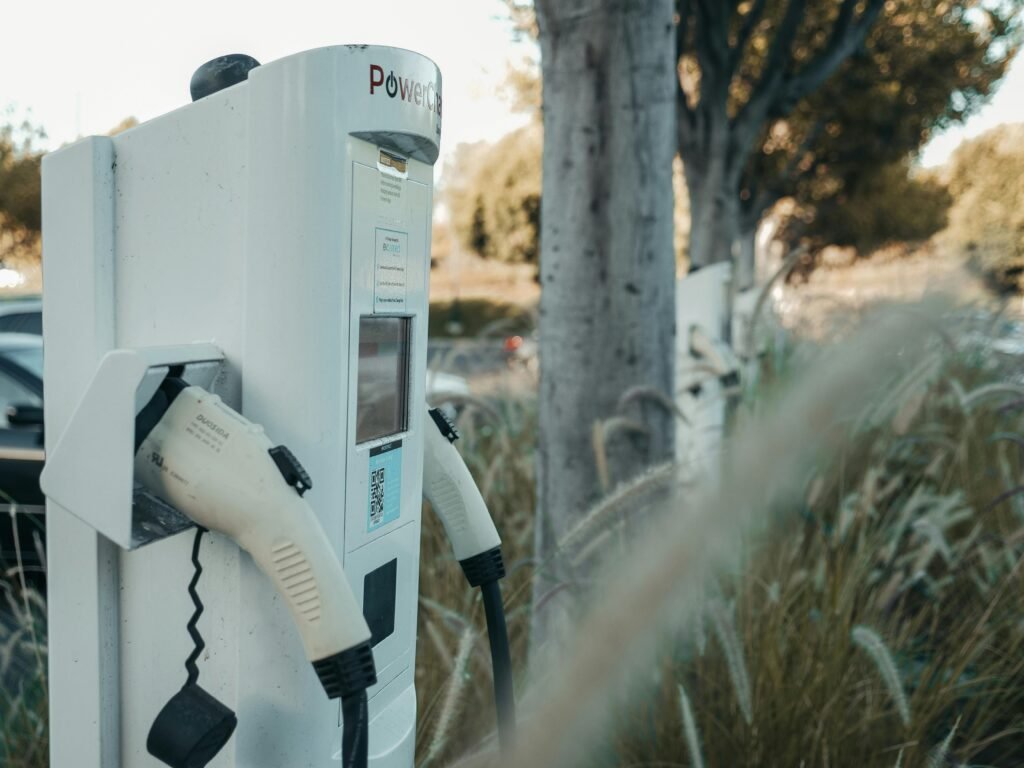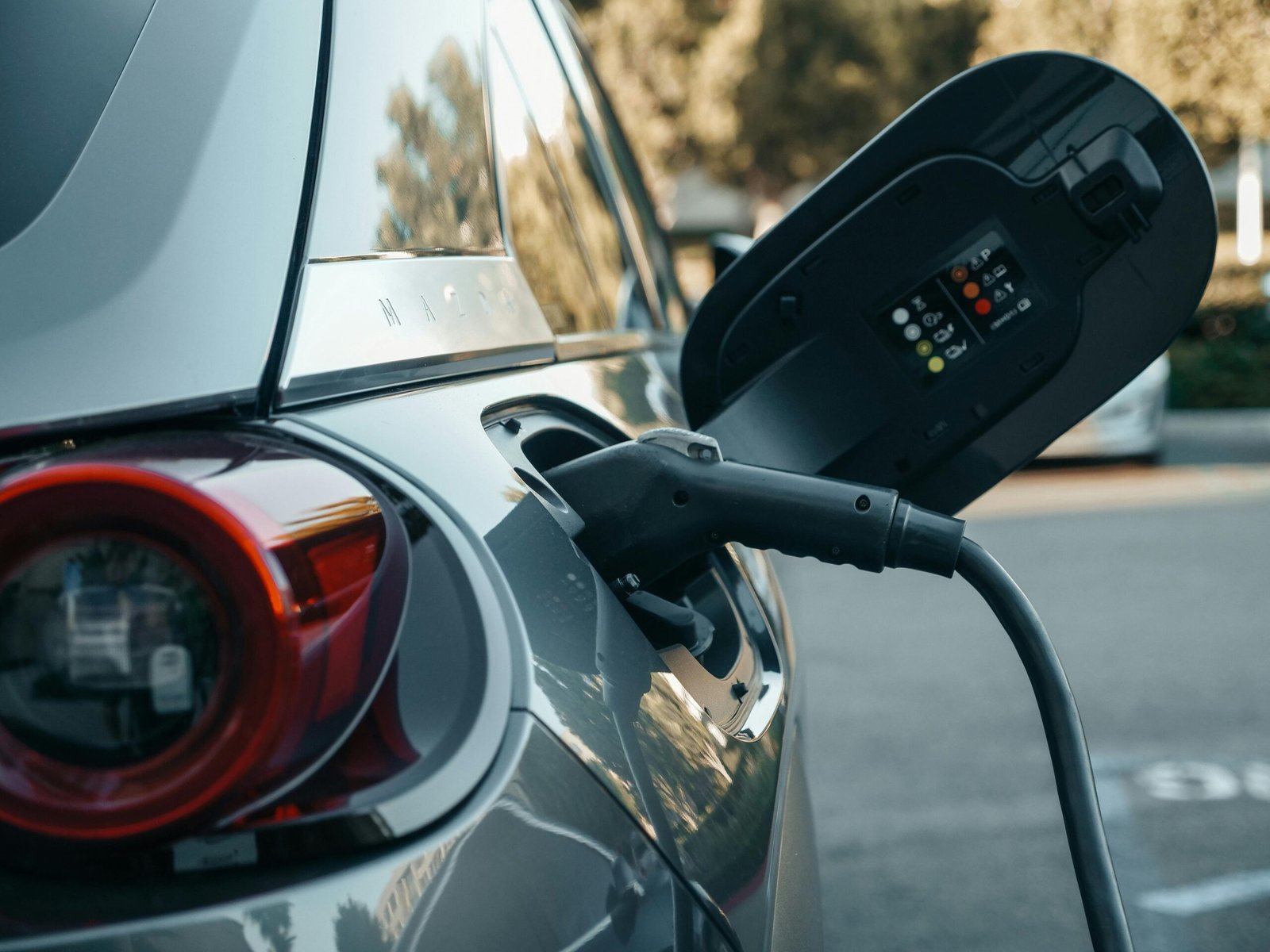Table of Contents
The shift toward electric vehicles (EVs) is accelerating, promising a cleaner and more sustainable future. However, this transition comes with its challenges—particularly in the area of electric vehicle battery recycling technology. As EV adoption rises, the need for efficient and sustainable EV battery solutions becomes critical, as does the challenge of managing the environmental impact of EV batteries. This article explores the advancements in lithium-ion recycling, the future of sustainable EV battery solutions, and the regulations that could shape the battery recycling industry.
Why Battery Recycling Matters in the Age of Electric Vehicles
As electric vehicles gain traction worldwide, so does the need for responsible battery disposal. Lithium-ion batteries, the standard in EVs, contain hazardous materials like lithium, nickel, and cobalt. These metals pose risks to the environment if not disposed of properly, and the environmental impact of EV batteries is a growing concern for both industry leaders and policymakers.
Efficient recycling solutions are essential for recovering valuable materials from used batteries and reducing the need for new mining operations. By adopting advancements in electric vehicle battery recycling technology, companies can create a circular economy where materials are reused, reducing the strain on natural resources and the environment.
Current Challenges in Electric Vehicle Battery Recycling Technology

Battery recycling for EVs is still in its early stages. Unlike traditional lead-acid batteries, which have established recycling processes, lithium-ion batteries require more advanced and costly methods to recycle. Additionally, each EV manufacturer has a unique battery design, which complicates the recycling process and makes it less economically viable on a large scale.
Several key challenges include:
- Complex Battery Design: EV batteries are made up of thousands of cells, which makes disassembly labor-intensive and time-consuming.
- Lack of Standardization: Different car manufacturers use different battery structures and chemistries, making it difficult to create a standardized recycling process.
- Environmental and Safety Hazards: Lithium-ion batteries are flammable and hazardous, posing risks to recycling facilities that must handle them with specialized processes.
Without significant advancements in lithium-ion recycling, the environmental impact of EV batteries will continue to be a barrier to the industry’s sustainability goals.
Advancements in Lithium-Ion Recycling Technology

Thankfully, significant strides are being made in sustainable EV battery solutions. Startups and established companies are developing innovative approaches to improve the recycling efficiency and safety of lithium-ion batteries.
One of the most promising advancements in electric vehicle battery recycling technology is hydrometallurgical recycling, a process that uses chemical solutions to dissolve battery materials and extract valuable metals. This method is less energy-intensive than traditional smelting techniques and can recover more materials, including lithium, nickel, and cobalt.
Direct recycling is another emerging technology. This method involves disassembling and refurbishing battery components to make them reusable without melting down the metals. Direct recycling could allow battery manufacturers to use recovered materials more efficiently, leading to further advancements in sustainable EV battery solutions.
Researchers are also working on bioleaching, a process that uses bacteria to extract metals from batteries. This environmentally friendly approach could make recycling cheaper and less resource-intensive, addressing some of the biggest environmental impacts of EV batteries.
The Role of Battery Disposal Regulations for EVs
As governments worldwide recognize the environmental impact of EV batteries, they’re implementing stricter regulations to govern battery disposal. Battery disposal regulations for EVs are designed to ensure that batteries are recycled in ways that minimize their environmental footprint.
In the European Union, for example, legislation is pushing manufacturers to make batteries more recyclable and requires automakers to assume responsibility for the end-of-life disposal of EV batteries. These regulations are crucial in fostering a sustainable EV ecosystem and ensuring that advancements in lithium-ion recycling continue to evolve.
In the United States, several states are exploring extended producer responsibility (EPR) programs that make manufacturers accountable for the recycling and disposal of EV batteries. These programs encourage manufacturers to invest in the development of sustainable EV battery solutions and prioritize recycling over disposal. As more countries adopt similar policies, we can expect a global shift toward greener electric vehicle battery recycling technology.
The Environmental Benefits of a Robust Recycling System
The environmental impact of EV batteries is significant, but so are the potential benefits of improved recycling systems. By implementing sustainable EV battery solutions, the industry can reduce the need for new mining operations, which often cause ecological harm. Recycling also reduces greenhouse gas emissions associated with mining and refining raw materials.
A successful recycling system would allow materials like lithium, cobalt, and nickel to re-enter the production cycle, creating a closed-loop system that conserves resources. Ultimately, the development of electric vehicle battery recycling technology will not only reduce waste but also contribute to the fight against climate change by minimizing the environmental impact of EV batteries.
Future Outlook: The Road Ahead for Electric Vehicle Battery Recycling Technology

Electric vehicle battery recycling technology is still developing, but the progress made so far is promising. With advancements in lithium-ion recycling, direct recycling, and bioleaching, sustainable EV battery solutions are becoming a reality. As more countries adopt battery disposal regulations for EVs, we can expect these technologies to gain momentum, bringing us closer to a fully circular economy for EV batteries.
The key to success will be collaboration between manufacturers, governments, and recycling companies to create standardized processes and incentivize investment in recycling technology. If these stakeholders work together, the environmental impact of EV batteries can be minimized, allowing the EV industry to truly live up to its promise of sustainability.
As electric vehicle adoption continues to rise, so does the importance of developing innovative and sustainable recycling solutions. The future of electric vehicle battery recycling technology is not only about reducing waste but also about building a more sustainable, resilient, and eco-friendly future.



